Remember the old days when you had to buy software with a one-time license fee, only to find yourself stuck in a loop of constantly purchasing new versions? 🔄 Well, SaaS came to the rescue with its fresh approach!
You know the story by now: the entire software is hosted on the cloud by a third-party provider. You can access the latest versions anytime, anywhere, using any device, and all you have to do is pay a monthly or yearly fee. No more breaking the bank for upgrades. 💸
And as SaaS continues to evolve, we’re seeing many exciting variations on the traditional model. A particularly noteworthy one is micro SaaS.
But what is micro SaaS, why should you think about creating a micro SaaS model, and how should you go about it? Well, that’s what we’re here to find out.
We'll show you what sets micro SaaS apart from your typical SaaS tools and throw in some cool examples that demonstrate how they work and what they're all about. As well as introduce you to the typical forms that micro SaaS usually takes.
What is micro SaaS?
So, what exactly is micro SaaS? Well, as the name suggests, it's a small-scale SaaS business that caters to a specific niche or domain.
Like traditional SaaS, it’s a subscription-based service, but unlike larger enterprises, micro SaaS is typically managed by an individual or a small team, operating with a tiny user base, and interestingly, without any external funding.
The beauty of Micro SaaS lies in its ability to thrive with minimal resources. Micro SaaS companies target smaller groups, allowing them to establish and maintain their operations with the utmost efficiency. The best part? They generate solid profits while enjoying the freedom to work from anywhere and minimizing risks. 🌍
The term "Micro-SaaS" was coined with the core idea of solving problems using the smallest possible amount of resources. In a nutshell: It's all about doing more with less!
Micro SaaS vs SaaS: The key differences
The main difference lies in the scope of their focus. Traditional full-sized SaaS businesses tackle a broad range of issues, catering to a wide audience.
On the other hand, micro-SaaS hones in on a specific subset of issues, catering to a particular group of audience. A Saas business targeting problems for a more niche market has the potential to establish a more niche but more dedicated customer base.
If your brand becomes synonymous with a particular pain point and solution, that’s gonna do pretty amazing things for your brand identity, which is something that all SaaS startups should be thinking about. Precision is the name of the game.🔍
But to understand the differences in more detail, check out this table below.👇
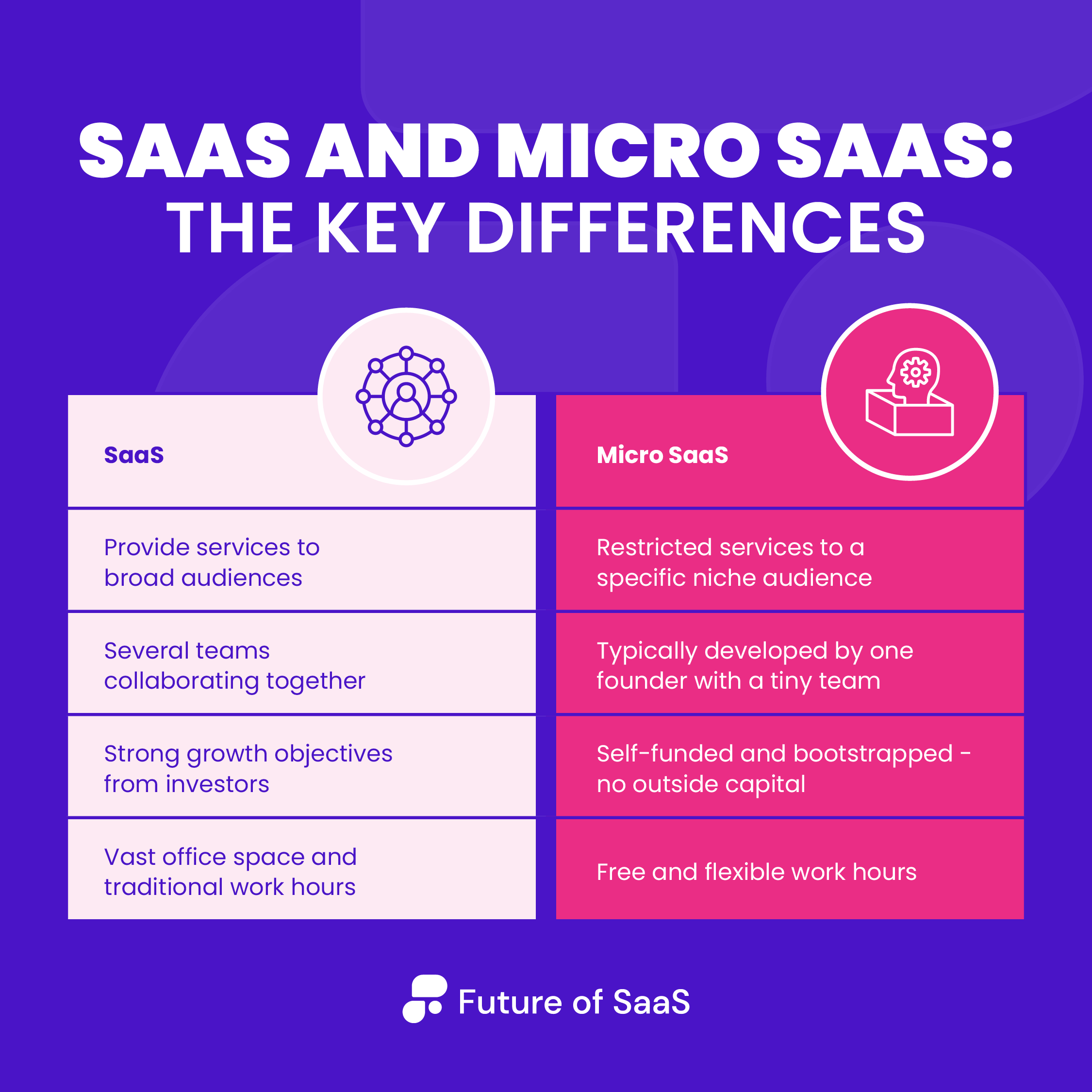
Why should you build a micro SaaS business?
Let's dive into the captivating advantages of running a business on micro SaaS. This model brings benefits to both the service provider and the end user. One of the chief benefits, of course, as with all SaaS products, is its ease of use in terms of how you manage it.
All that’s needed for you to run your service and supply your users is internet connectivity. But let’s delve into more detail on what benefits truly distinguish a micro SaaS model from a more conventional SaaS.
Again, to make this as digestible as possible, we’ve broken it down for you in table-form. 👇
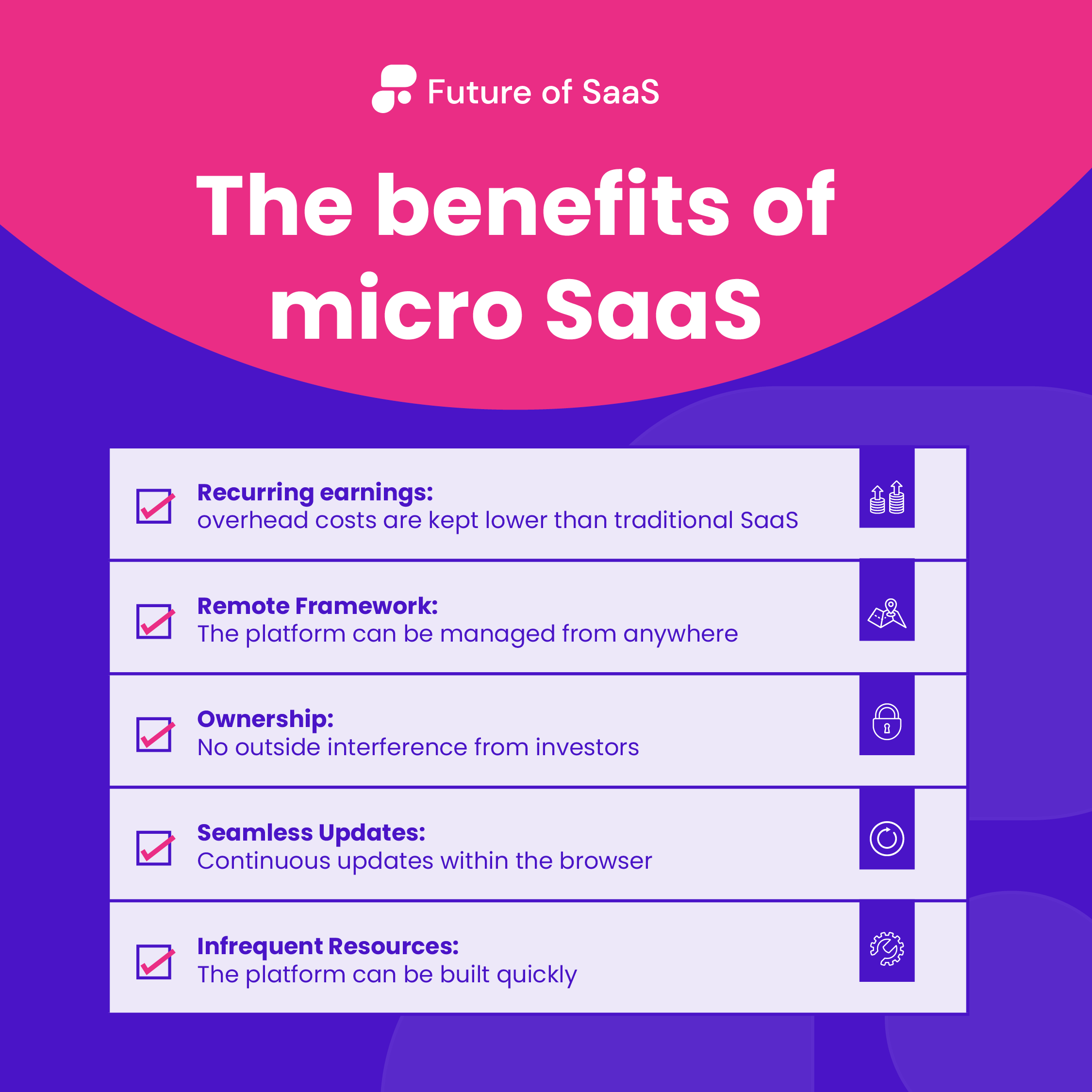
Are micro SaaS businesses profitable?
So, with all the above benefits in mind, there’s one question that takes precedence above all else. Does it look good for your bottom line?
Yes. Because the number of resources you need to build and maintain a micro SaaS pales in comparison to traditional SaaS. This is because you’re targeting a more niche audience. The relatively low cost of building and maintaining leads to greater profits.
How do I build a micro SaaS in 2023?
But how do you actually come up with a micro SaaS solution? Well, that depends on the kind of service you’re developing, of course. But even with all the variations, there are some essential pillars that hold good micro SaaS products up.
Let’s go through them one by one.
The essential pillars of building a micro SaaS
Pillar 1: Generating idea
Start by identifying an issue that plagues small businesses and take a close look at the existing solutions out there. It's crucial to understand what's happening in the market so you can come up with a one-of-a-kind solution that stands out from the crowd.
Once you've got that killer idea, it's time for some idea validation. This step eliminates those pesky risks that can pop up during product development. Here's how you do it.

First things first, dive into some rigorous research and pinpoint problems that tech-savvy folks are chatting about in forums and communities. Find out if your proposed solution brings better user experience and crucial features at an affordable price, leaving the competition in the dust.
Once you’ve done this, you should connect with user groups and join online discussions to get your idea validated by the very people who will benefit from it. This not only helps you gather early adopters but also provides valuable feedback for further improvement.
TL;DR: Get out there, brainstorm your micro SaaS idea, validate it, and watch your customer base grow.
Pillar 2: Pricing models
Establishing pricing models is an essential part of establishing any SaaS product, but it’s undoubtedly a delicate science. When it comes to pricing strategies, there’s no one-size-fits-all approach. It all depends on the kind of product you’re offering. But one thing’s for certain: you must have a pricing strategy.

So, let’s break down the various types of models that have worked for different businesses.
Per-user model: It's all about charging a monthly or annual subscription fee for each user. Simple and straightforward.
Tiered Model: These are prices that go up in tiers depending on the number of licenses or users.
Payment proportional to usage: This approach builds up price value that increases the more your customers use your product. It's like paying for the exact amount of popcorn you munch on during a movie marathon!
Flat Price model: All the premium features are available at a fixed price,
Top tips for establishing a pricing model
Offer a free trial: Here users can test out your product without having to share their account details, a great way to whet their appetites for the main course.
Keep the cost low: Maintaining a reasonable price for your micro SaaS offering ensures stable growth over time. Don't go too expensive or too cheap though, find that industry average that makes your customers feel like they're getting a steal.

Consider offering a free tier: The hardest part for any new SaaS product is simply getting users through the door. A free offering is a superb way to initiate engagement and build a relationship, after that, it becomes much easier to cross-sell and upsell.
Keep it simple: Don't overwhelm your customers with too many options. Make it easy for them to say, "Yes, I want in!" Your busy prospects are not going to spend all day deciding whether your org is worth their time or not. If you make your product too complex to get properly adjusted with, they’re going to jump ship to one of your competitors pretty quick.
Pillar 3: Build an MVP
Once you've got your micro SaaS business idea validated and figured out the pricing options, the next thing in line is to build your SaaS MVP (minimum viable product).
An MVP lets you check if your idea is worth its salt as a real-deal product. Now, when it comes to these micro SaaS products, they're usually cooked up and marketed in a couple of different ways:
Assisting existing apps or platforms: These micro SaaS solutions are like sidekicks to specific platforms. They're all about making the platform smoother and user-friendly. Think of them as trusty assistants. Take Accerlerlist, for example.
It makes managing products on the Amazon platform a breeze by providing one-stop access for listing, repricing, and accounting. And they even threw in integration with eBay for double the platform assistance! But usually, these apps are designed to work with just one platform.

Going solo: These autonomous micro SaaS goodies are small and independent software solutions that tackle a specific issue in a web or mobile app. They don't depend on any one platform to keep on chugging, so the risks are pretty low.
Note: Before you start building that MVP, you’ve got to make sure you've got a solid list of potential customers. And to do that, you gotta pick the right channels for sales, both inbound and outbound.
How do I start a micro SaaS business in 2023: the short version
So, for those who want it as plainly as possible, here are the most essential steps for starting a micro SaaS business
- Compile your ideas.
- Validate your concepts through feedback, data, and market research.
- Acquire your initial 25 customers.
- Develop your MVP (minimum viable product).
- Introduce your product to the market.
- Implement a subscription plan to monetize your product.
- Expand your audience and subscriber base.
With all these elements in place, you're off to a pretty good start.
Best ideas for a micro SaaS
The world of SaaS is so vast that there are subcategories within subcategories. If you’re reading through this article and think that the micro SaaS model maybe isn’t for you, it might be because you’re not fully aware of the wide range of forms a micro SaaS can take. Check them out right here.
The mock interview platform
The problem: The hiring process has become a battlefield of tough interviews and assessments. With jobs becoming increasingly competitive, securing a good position requires exceptional preparation.
In this high-stakes environment, candidates are leaving no stone unturned when it comes to interview preparation. That's why we're witnessing a surge in startups focused on interview prep.
From resume services to interview coaching and job-oriented technical courses, these ventures are here to support candidates on their journey.

The solution: Now, here's where the idea comes in: imagine a mock interview platform that allows candidates to book sessions with experts, veterans, or experienced professionals. This platform would provide personalized guidance and 1:1 feedback, giving candidates the edge they need to excel in their interviews.
With this innovative solution, candidates can tap into the wisdom and expertise of industry insiders, gaining invaluable insights and honing their interview skills. It's like having a personal coach by your side, helping you shine during those crucial moments.
Voice of customer platform
The problem: In today's business landscape, customers reign supreme, and companies are eager to keep them satisfied. To provide the ultimate experience, businesses are investing substantial resources. But what if there was a way to directly hear from the customers themselves?
The solution: Develop a cutting-edge "Voice of the Customer" tool that enables companies to gather feedback from consumers through user-friendly forms. This tool would go beyond mere data collection by analyzing the feedback, empowering businesses to make informed decisions and serve their customers even better.
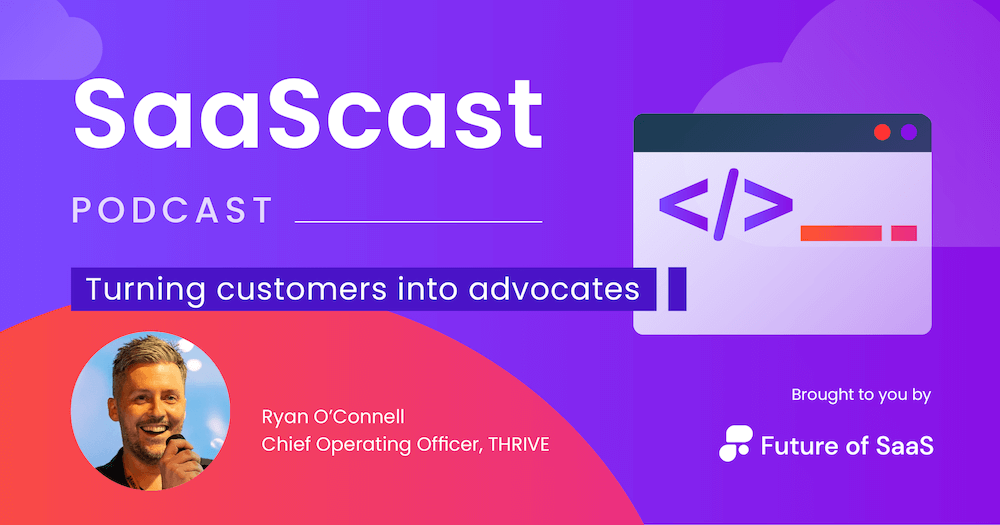
With the "Voice of the Customer" tool in their arsenal, companies can unlock valuable insights, enabling them to understand the needs, preferences, and pain points of their customers.
By actively listening to their feedback, businesses can tailor their offerings, improve their processes, and provide exceptional customer experiences.
It's all about putting the customer at the center of decision-making and creating a continuous feedback loop. By leveraging this innovative tool, companies can elevate their customer service to new heights, building stronger relationships and fostering long-term loyalty.
Testimonial platform
The problem: Testimonials are a lifeline for any business. They play a crucial role in establishing trust and aiding the audience in their decision-making process.
Acting as social proof, testimonials have the power to sway potential customers and instill confidence. That's why it's essential to create impactful testimonials and effectively share the stories of satisfied customers.

The solution: Develop a cutting-edge testimonial management tool designed specifically for businesses. This powerful tool will enable companies to seamlessly collect both text and video testimonials from their valued customers.
Gone are the days of struggling to gather feedback – this tool streamlines the process, making it easier than ever to capture authentic customer experiences.
But it doesn't stop there. This innovative tool also empowers businesses to effortlessly share these testimonials with their target audience.
Whether it's through websites, social media platforms, or other marketing channels, the testimonial management tool ensures that these powerful customer stories reach the right people at the right time.
By leveraging this tool, businesses can showcase the positive impact they have made on their customers' lives. Genuine testimonials act as a beacon of trust, helping potential customers make informed decisions and choose the right product or service.
Remote work platform
The problem: Working remotely brings its own set of hurdles. It's all too easy for a remote employee to feel a bit out of place if they aren't given the proper engagement and recognition they deserve.

That's why it's super important to make sure your team members feel appreciated and empowered. We want to create a healthy work culture where everyone feels valued and motivated, no matter where they're working from.
The solution: Picture this: employers and peers can easily provide reviews and recognition, celebrate achievements, reward teams, and, the cherry on top, monitor progress.
It's all about keeping everyone connected and motivated in the virtual work world. The remote world of work has made it more difficult to establish trust and rapport between the team. A remote work platform can offer the tools to make this happen.
Influencer platform
The problem: Influencers are everywhere these days, you can't escape them. With almost half of consumers relying on influencer recommendations when making purchases, businesses definitely don't want to miss out on this opportunity.
But, let's face it, starting an influencer marketing campaign can be a real hassle. That's exactly where the magic of an influencer marketing campaign tool comes in handy.

The solution: Let's create an amazing tool that helps users with every aspect of their influencer marketing campaign. From finding the perfect influencers, to managing the entire campaign, and even providing in-depth analytics, this kind of tool can cover it all.
The first step is to create an extensive directory of influencers that users can easily search through. Give them the ability to filter based on industry, location, social channels, and other relevant criteria. This will make it effortless for users to find the right influencers for their campaigns.
You can provide users with access to influencer analytics, including valuable insights like audience demographics and top-performing content. Equipping users with this information will empower them to make more informed decisions when selecting influencers for their campaigns.
It's crucial to include metrics that allow users to measure the success of their influencer campaigns. This will enable them to track key performance indicators and evaluate the effectiveness of their marketing efforts.
Product feedback tool
The problem: Products are the backbone of any business, whether it's something you can hold in your hands or a fantastic service you provide. Now, here's the secret sauce: constantly updating those products based on what your customers have to say is the key to success. But gathering customer feedback is not always an easy task

The solution: Let's create a rock-solid product feedback tool that empowers users to gather and analyze feedback like never before. With this tool, users can easily collect valuable insights from their customers and use them to make smarter and more informed product decisions. It's all about giving our users the tools they need to level up their product game.
Top 10 examples of micro SaaS
Now that we've looked over the different types of micro SaaS you can build, it’s time to look at some of the shining examples of micro SaaS solutions on the market, so that you can learn from the best of ‘em. What does a successful micro SaaS business look like? Let’s find out.
Carrd
Carrd is a renowned platform that makes website creation a breeze. It offers a wide range of simpler, responsive, and one-page website templates that are perfect for any project. Users can start off with the free service by registering and enjoying the benefits of Carrd's freemium packages. And when they're ready to take it to the next level, they can upgrade to the pro version.
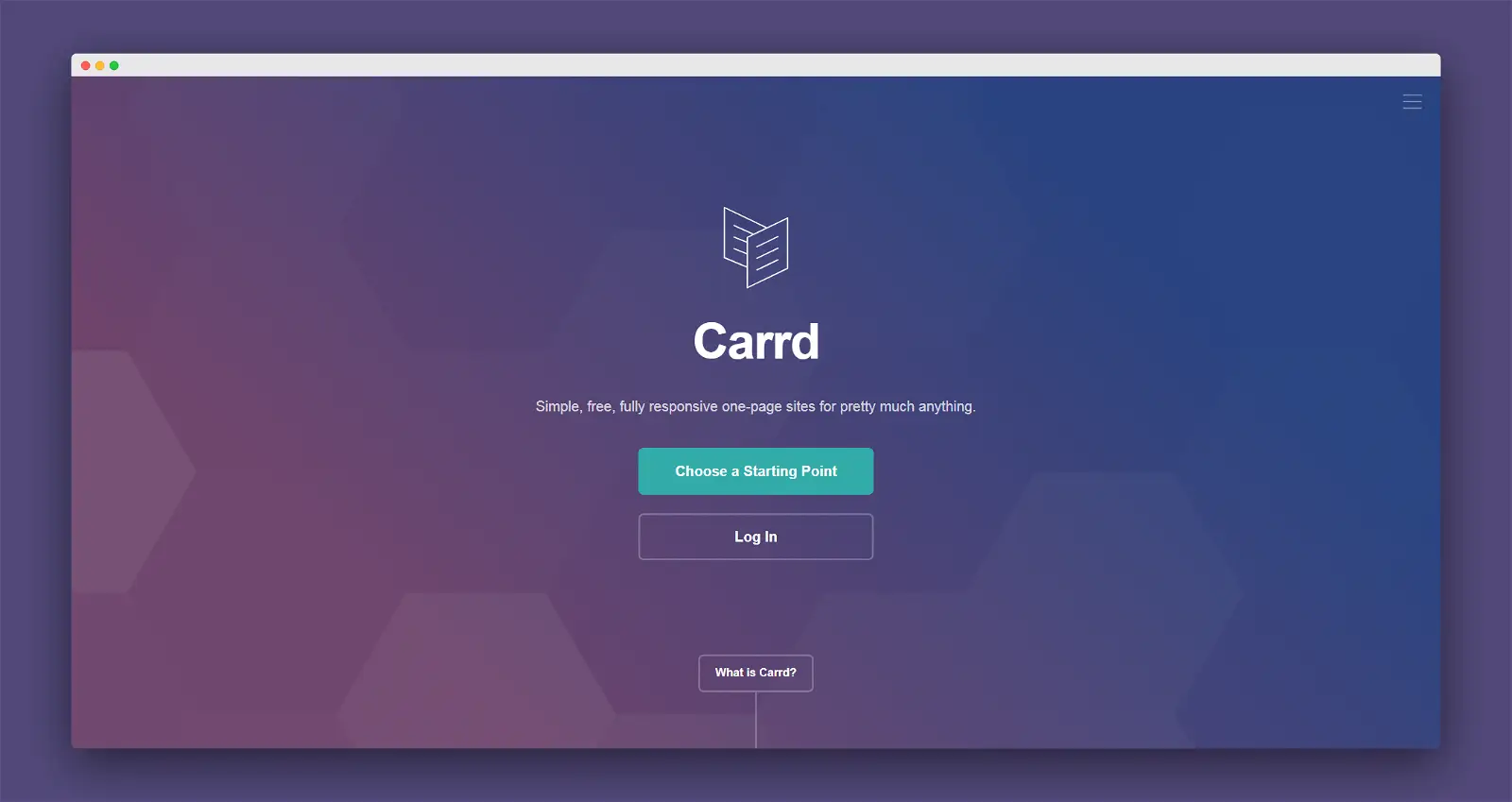
With the pro version, users unlock a whole new world of premium features, including Google Analytics integration, forms, widgets, customized domain names, and much more. It's all about giving users the tools they need to build stunning websites with ease.
The core concept behind it is to empower bloggers, developers, and artists by providing them with a platform to effortlessly create responsive landing page websites at absolutely no cost.
AnyTrack
Anytrack is a game-changer when it comes to connecting marketing and sales channels directly to your targeted customers. This real-time platform takes things up a notch by seamlessly integrating with Shopify and Google Analytics, giving you the power of 100% data automation. No more manual tracking!
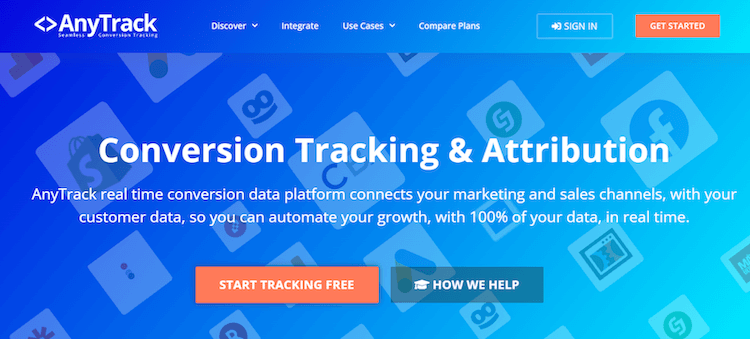
The main objective of this platform is to empower businesses with data automation capabilities. One of the remarkable benefits it offers is the ability to recover lost data caused by iOS updates, providing valuable support to businesses in such situations.
Solidgigs
Consider this platform as your go-to freelance job site, dedicated to connecting individuals with the crème de la crème of positions sourced from reputable and premium sources.
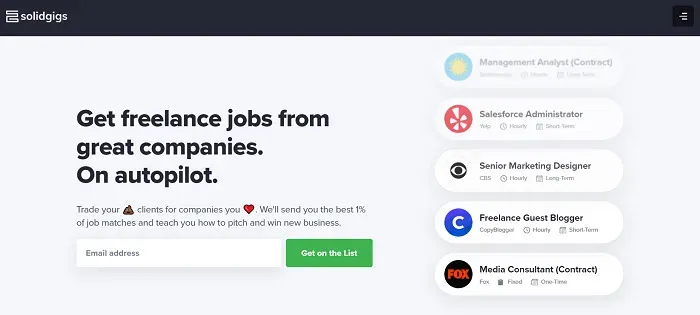
Here's the deal: you'll get daily leads delivered right to your doorstep, and the best part is, there are no commission deductions from your hard-earned payments. It's all about connecting you with the top 1% and helping you thrive in your freelance career.
The core concept behind SolidGigs revolves around delivering meticulously researched job postings to freelancers.
Plutio
Behold, a comprehensive platform that brings together the best of workflow management, automation, creation, and collaboration all under one roof. Plutio is the ultimate all-in-one solution that boasts a range of impressive features.
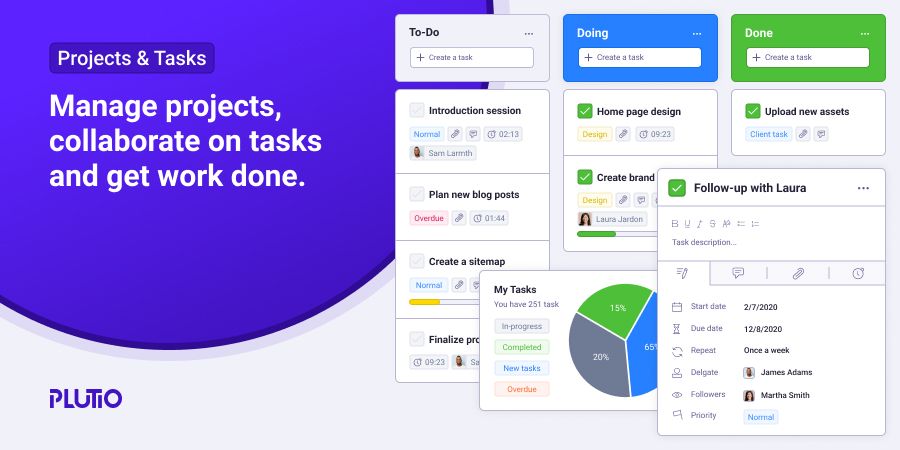
Picture this: you can create tasks in real-time, keep track of time spent, and effortlessly share progress updates, all within a centralized environment. With Plutio, your productivity knows no bounds!
Empowering developers to establish their customized setup and workflow for seamless management and operation of their business, all through a single platform.
Plausible
Get ready for an open-source analytics tool that not only serves as a worthy alternative to Google Analytics but also prioritizes your business's privacy. Plausible is the name you need to remember.
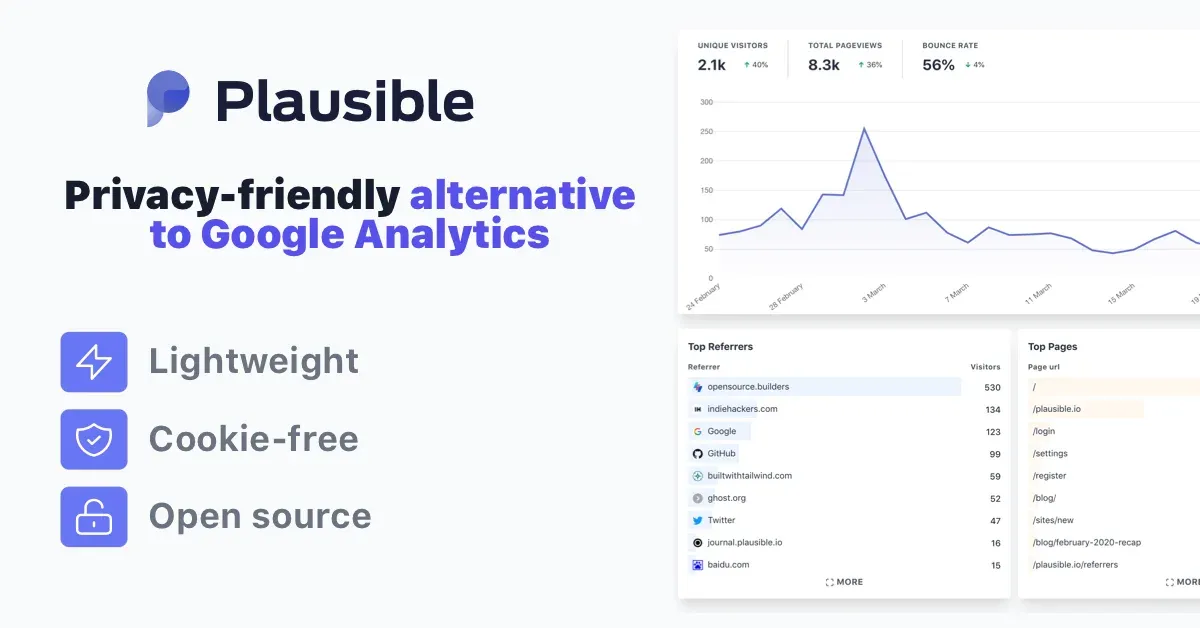
It offers insightful reports that provide a concise and straightforward summary of your data, eliminating the need for a complex customized dashboard. With Plausible, you can safeguard your privacy while gaining valuable analytics insights.
Say goodbye to the hassle of logging into Google Analytics for website tracking and analysis.
Zendesk
Zendesk, the go-to platform for managing customer support tasks, has earned its reputation as the top choice among organizations.
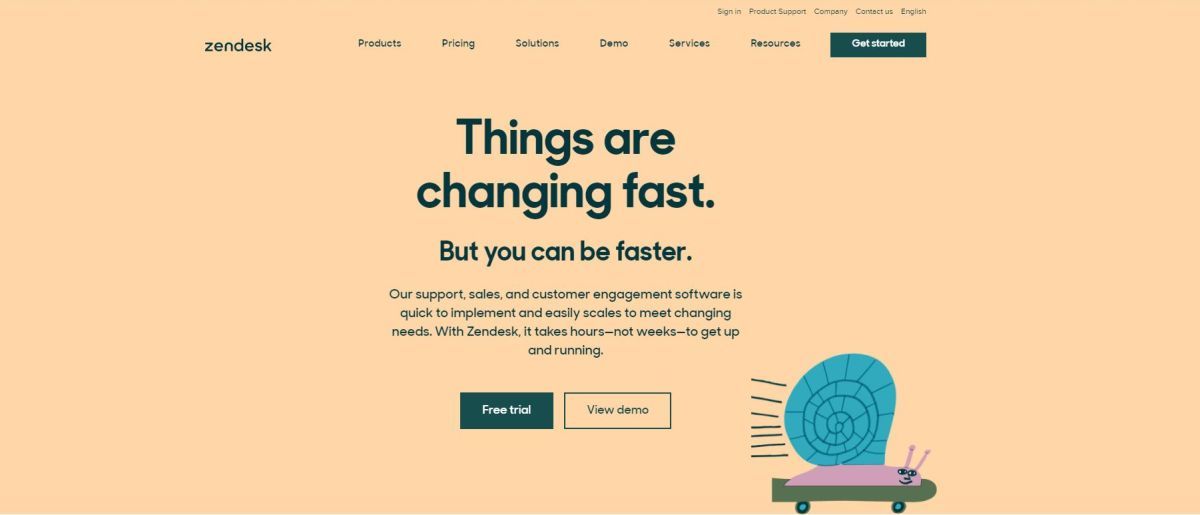
This micro SaaS software enables businesses to effortlessly maintain seamless communication with customers across multiple channels, ensuring round-the-clock synchronization. With Zendesk, you can keep your business in harmony with your customers, day in and day out.
This platform offers organizations a seamless way to manage customer assistance 24/7 with utmost ease.
Punkt
In these times, when reflection is abundant, Punkt emerges as a distinctive software that simplifies the process of journaling one's thoughts with its innovative one-sentence strategy.
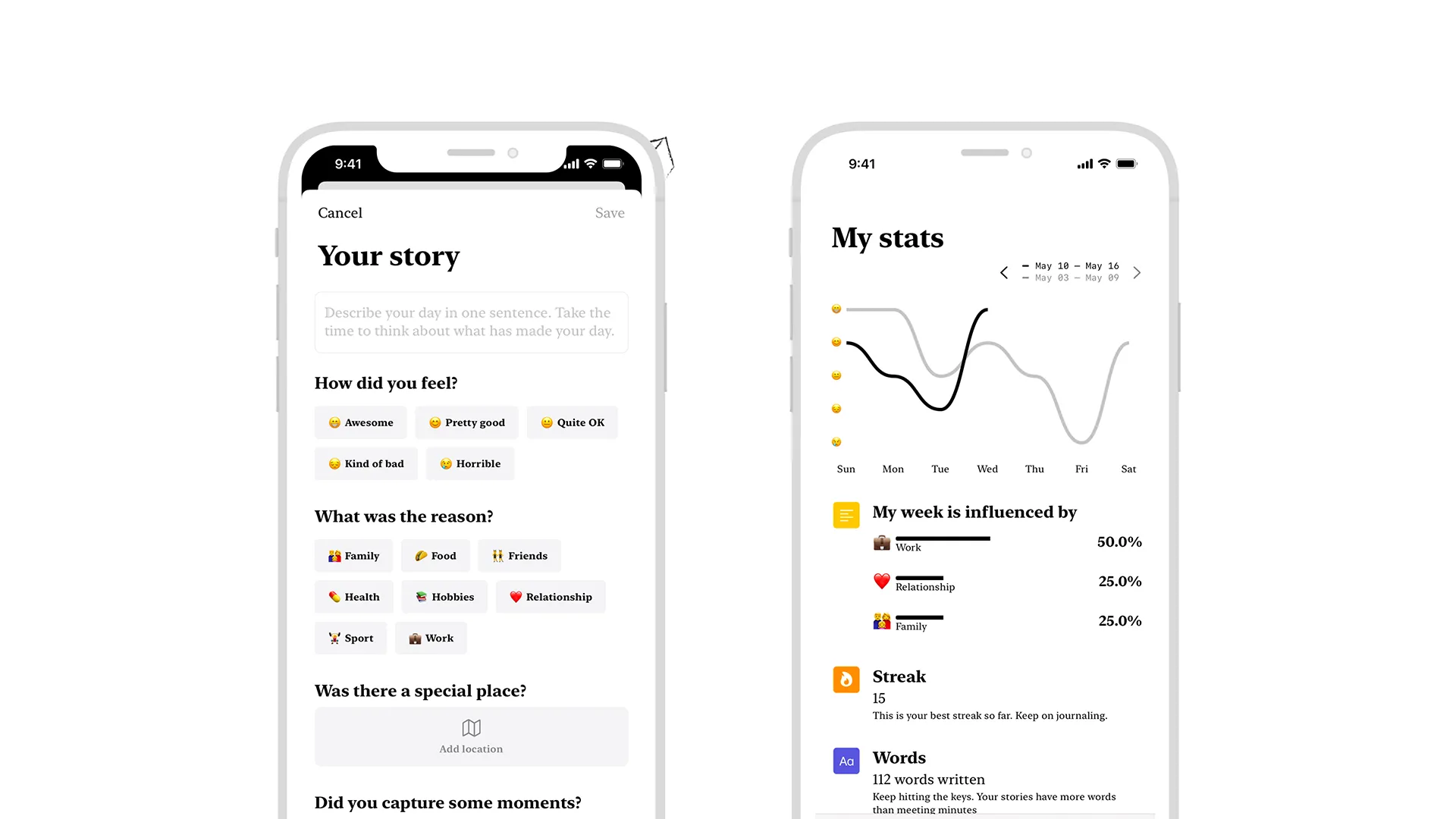
Punkt software revolves around the core concept of enabling electronic journaling accessible to all.
PDFShift
PDFShift is a well-known platform that provides a quick and easy way to convert HTML to PDF format. This platform offers parallel conversion along with privacy and raw HTML support. They can convert almost any webpage to PDF, thanks to their modern conversion API.
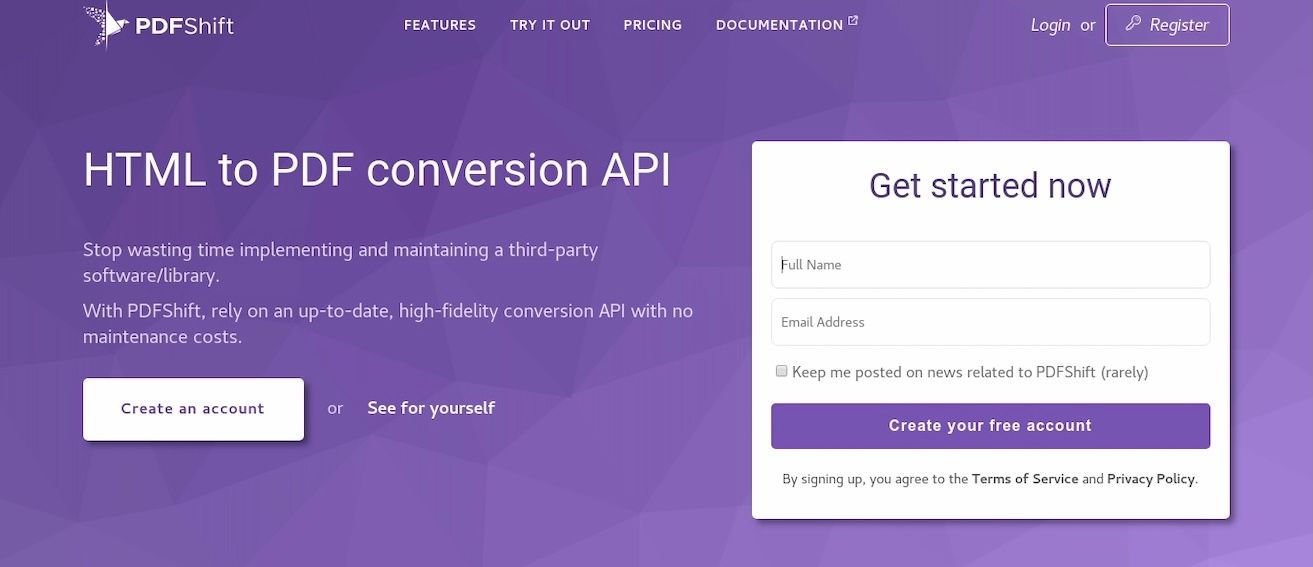
The development teams within an organization receive comprehensive support to transform their websites into powerful growth engines.
SocialBee
This powerful tool allows businesses to effortlessly track their social media performance, including metrics like engagement, follower growth, and much more. But wait, there's more!
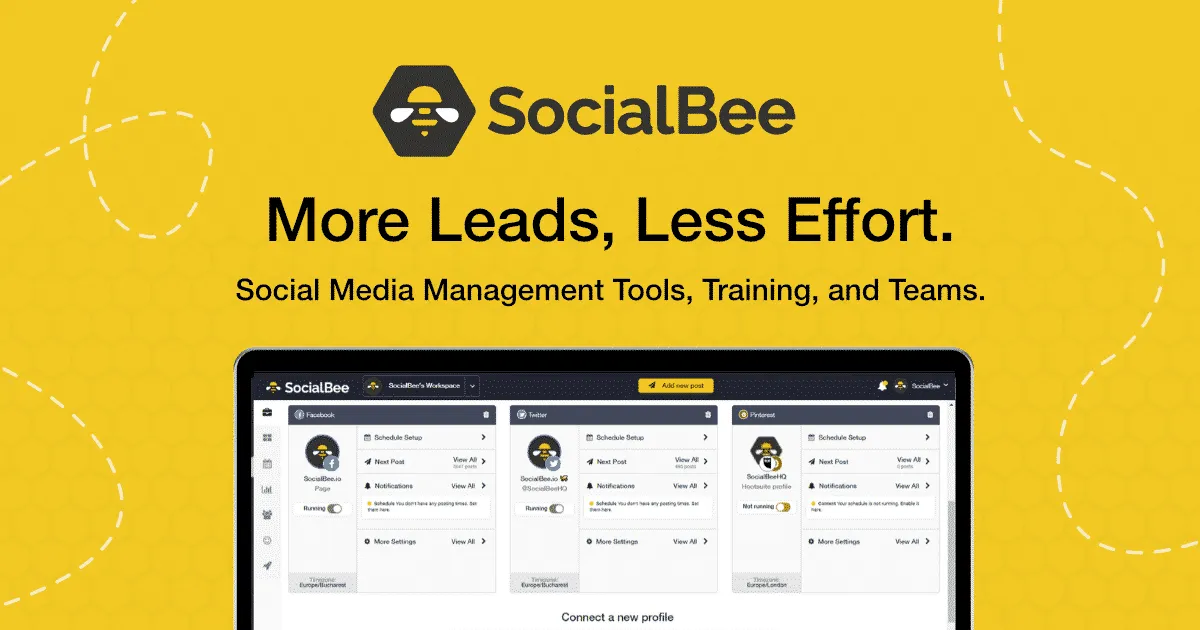
SocialBee goes above and beyond by offering additional features like competitor analysis, custom reporting, and audience demographics insights.
Best of all, SocialBee offers various pricing tiers tailored to different needs, based on the number of social media profiles and the level of analytics required. It's time to unlock the potential of your social media strategy with the help of SocialBee's invaluable insights.
HYPEFURY
With their vast network of collaborators, HYPEFURY curates the finest content for your tweets, ensuring you always have engaging posts. They also offer a nifty feature that automatically comments on popular tweets, directing traffic to your top-notch courses and newsletters.
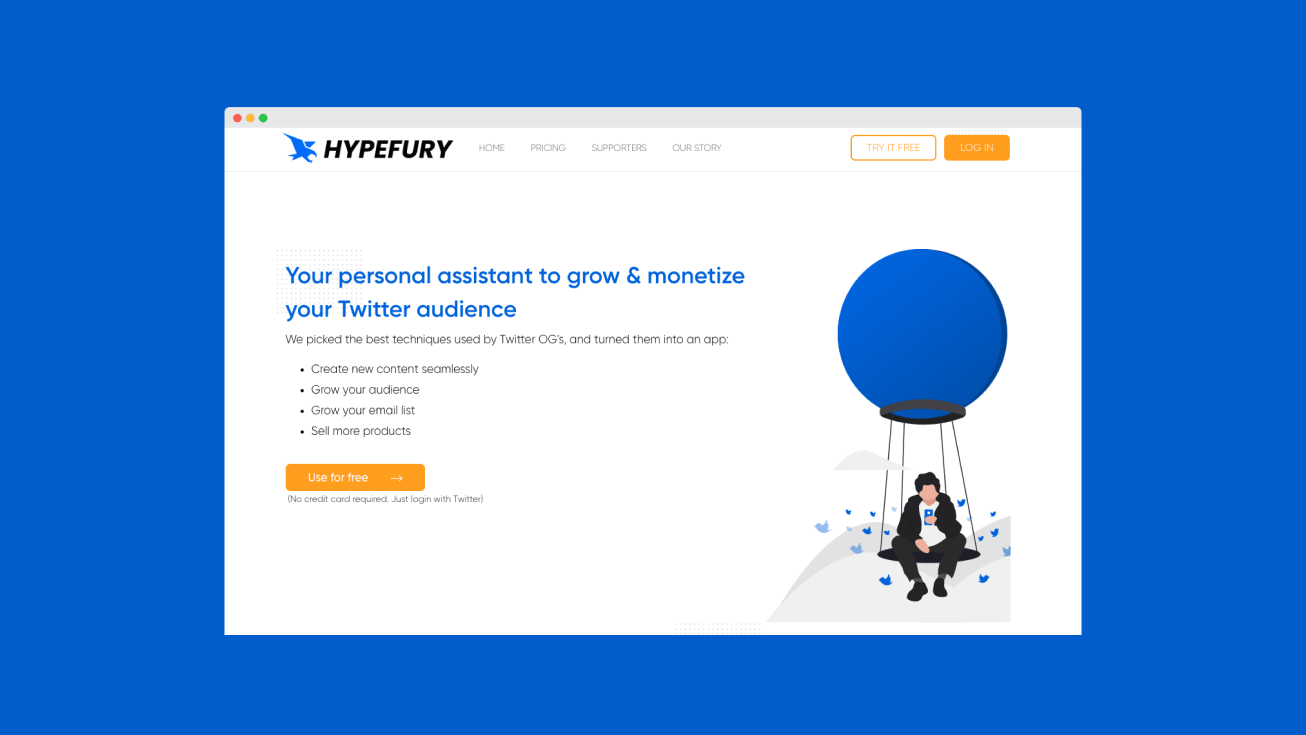
The core concept behind HYPEFURY is to be the ultimate productivity lifesaver for businesses looking to streamline their social media engagement.
Wrapping up
Micro SaaS presents captivating advantages for businesses, offering recurring earnings, a remote framework, ownership, seamless updates, and efficient use of resources.
With lower overhead costs, it brings financial stability and growth. Operating virtually from anywhere, you have flexibility and control. Continuous updates ensure customers have the latest software, and building a company can be done swiftly.
It's the perfect package for successful business management, especially for those who enjoy traveling and seek freedom, ownership, and efficient operations.
In short, with a micro SaaS, a person or a very small team builds a service at a small cost, with a narrow focus (so naturally more targeted in its approach), leading to a small but hopefully dedicated user base, and often with no outside funding.
This is what we love about the SaaS model, it’s inherently inclusive, and the micro SaaS variant only further broadens its scope. Happy building!
Like what you see? Why not check out exclusive insights from some of the leading minds in SaaS with a Future of SaaS membership?



